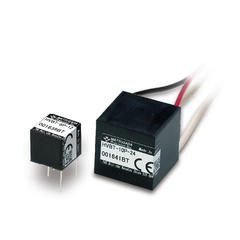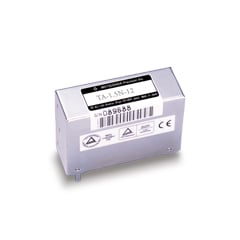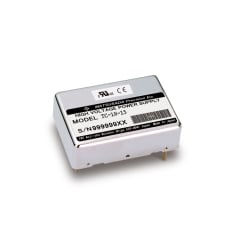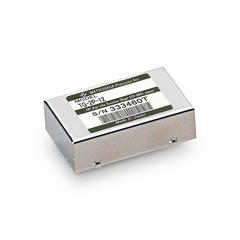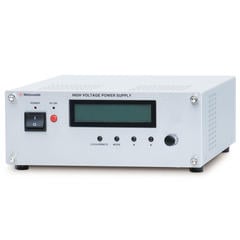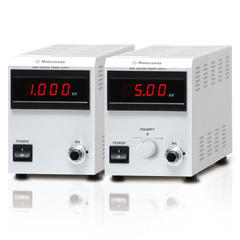A Geiger counter is an instrument that measures radiation. In the scientific and engineering world, it is initially known as Geiger-Müller (GM) tube. Hans Wilhelm Geiger and Walter Muller together worked on the Geiger-Müller tube invented by and named after Geiger.
The Geiger-Muller tube is a cylinder filled with inert gas and subjected to a high voltage. When radiation enters this tube, the gas is ionized and a pulse current is generated between the cathode and anode. By measuring this current, the number of radiations was counted.
The value displayed on the meter is the count rate (cps) or the value converted to cesium-137 radiation dose. Geiger-Muller counters can read several types of radiation; beta, gamma, and X-rays. However, the Geiger counter needs to convert the radiation dose to measure X-rays or radiation of different energies of nuclides.
Other instruments that can measure radiation include survey meters of scintillation, semiconductor, and ionization chamber. The Geiger counter initially meant only Geiger-Muller counter, but now, ionization chamber and semiconductor survey meters are also called Geiger counters.
The GM-tube survey meters also have limitations. Although the GM counters are inexpensive, they have low energy detection efficiency for high-energy radiation and are vulnerable to measurement at high doses (high count rates).

- Related words:
-
- Geiger counter
- Geiger-Müller tube
- GM tube
- Radiation
- Survey meter
- Beta ray
- Gamma ray
- X-ray
- Scintillation survey meter
- Semiconductor survey meter
Recommended products
Matsusada Precision provides a great selection of modular high-voltage power supplies for GM tubes and survey meters in the ionization chamber, semiconductor, and scintillation types.




